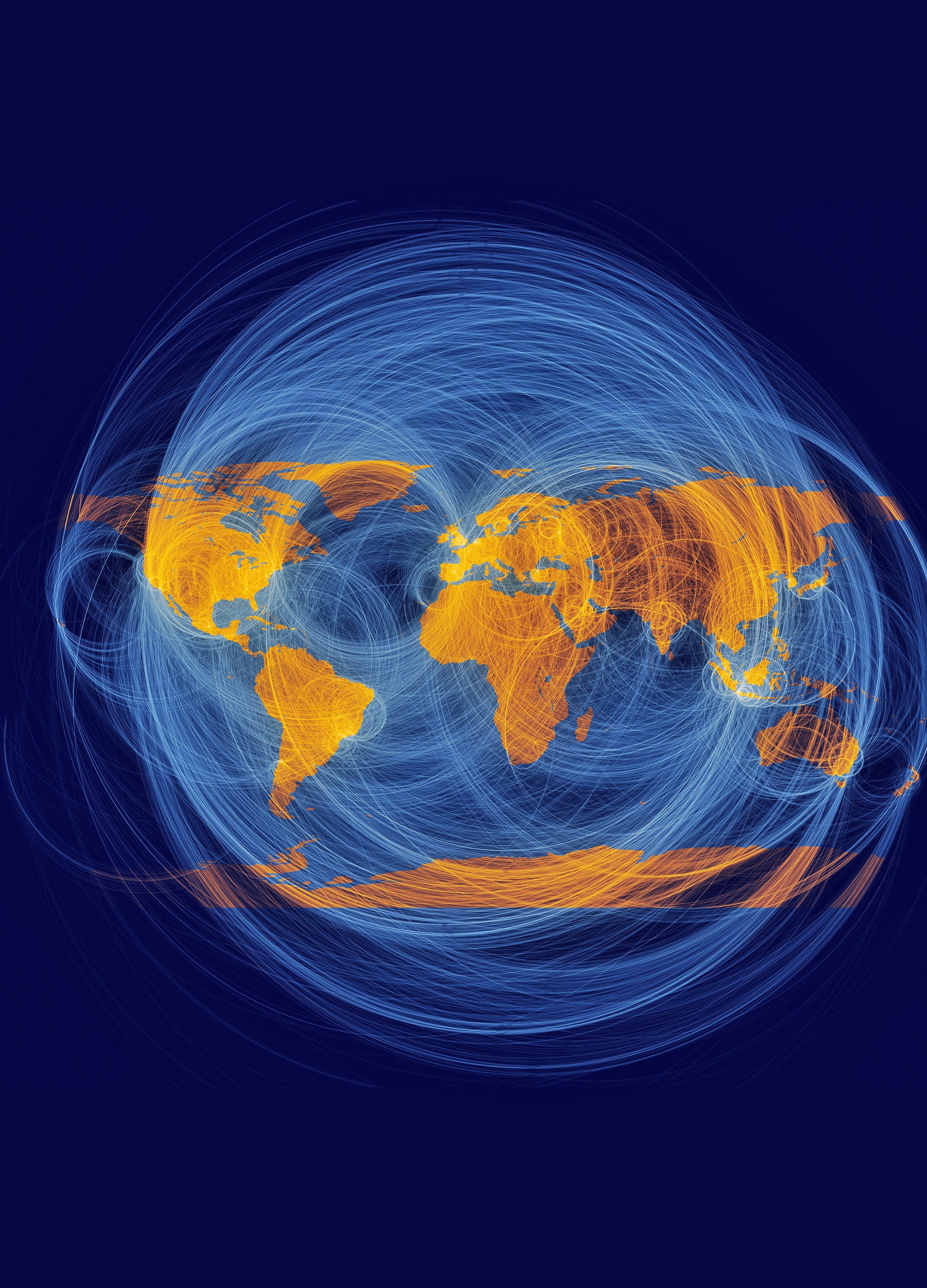Within these, the 2 main great power geopolitical leaders are China and the United States (G2 countries). There are also 16 regional powers: Russia, India, Japan, South Korea, Australia, Iran, Saudi Arabia, Turkey, Israel, Germany, France, the United Kingdom, Italy, Scandinavia, Brazil, and the Republic of South Africa. Among the geopolitical regions, the gateway regions are of paramount importance for the future. Geofusion research reveals 6 gateways on our planet: South-East Asia – ASEAN countries, Central Asian countries, Persian Gulf countries, Southern Europe, Central and Eastern Europe (17+1 Initiative countries) and Central America. Within the territories of nation states, there are also 64 global urban power centres (HUBs), which are located within the territory of a given nation state and are important parts of geopolitical power fields. Of the 64 global urban hubs, five belong to Latin America, three to Africa and three to Australia. There are 12 global cities in North America and 41 global cities on the Eurasian continent (of which 20 are in Asia and 21 in Europe).
Results determined using the geofusion method show that in terms of geopolitics and geoeconomics, in the multi-centred world order it is not only countries (whose role is prominent) that matter, but also the areas of regional cooperation, economic and geostrategic power centres, global hubs and global cities that are given new meaning by interconnectedness.
The author is a geographer and Chairman of the Board of Trustees of the Pallas Athene Domus Meriti Foundation and the John von Neumann University Foundation

